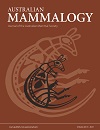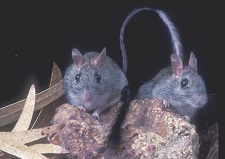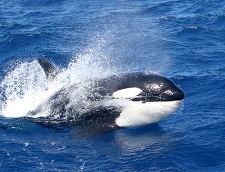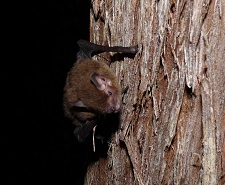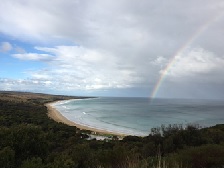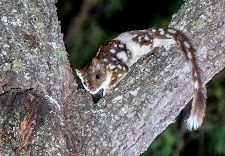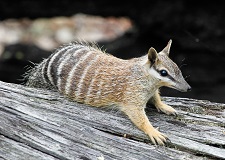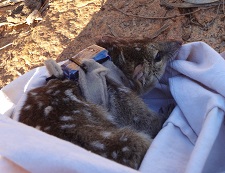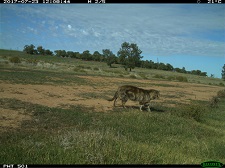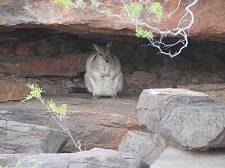AM20038A review of intervention methods used to reduce flying-fox mortalities in heat stress events
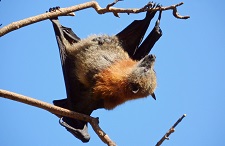
Extreme heat events are responsible for the deaths of large numbers of flying-foxes. Responders use a range of interventions to minimise mortality, such as spraying water on roost vegetation or individual animals and procedures to cool and rehydrate animals in the hand. Our current understanding of how effective these methods are is largely anecdotal rather than built on scientific evidence. Further research is warranted, particularly for understanding how temperature and humidity influence flying-foxes’ ability to regulate their body temperature. Photograph by Matthew Mo.


